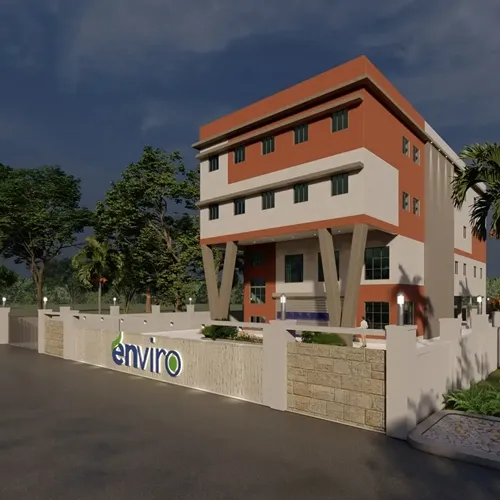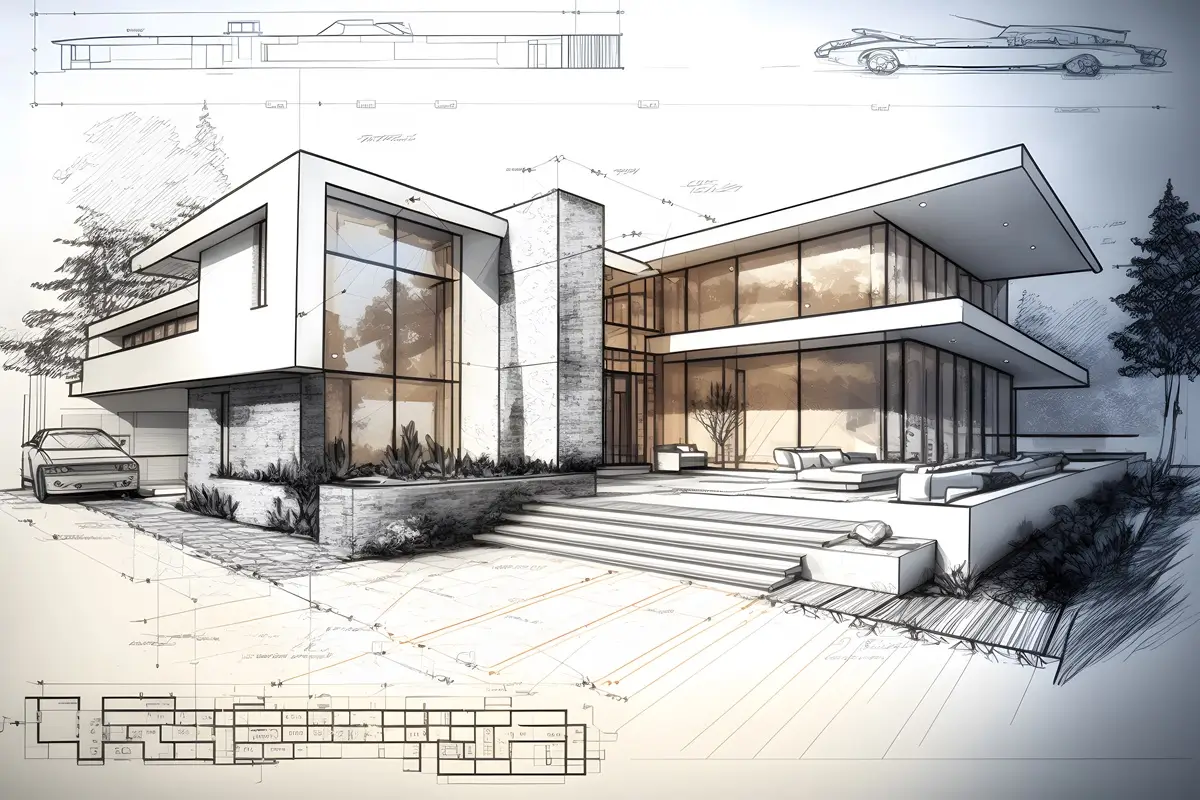Architectural Design
- Home
- Our Services
- Architectural Design
[ what we offer ]
Designing façades and elevations of structure to communicate with the environment
The world of architecture is a vast and intriguing realm filled with a multitude of design elements. Of these, façade design is an aspect that often serves as the face of a building, setting the tone for what lies within. For the uninitiated, a façade is the front or side of a building, often bearing architectural aesthetics that make it appealing to the eye. It is the first impression that a structure leaves, making its design a crucial aspect of architecture.
A well-designed façade can significantly influence a building’s energy efficiency by controlling the amount of natural light and ventilation it receives. It can also help to reduce the building’s carbon footprint, making it an essential aspect of sustainable architecture.
A well-designed façade can significantly influence a building’s energy efficiency by controlling the amount of natural light and ventilation it receives. It can also help to reduce the building’s carbon footprint, making it an essential aspect of sustainable architecture.


Designing an effective façade is not a one-size-fits-all task. It requires a thoughtful approach that takes several principles into account.
- The first principle is the harmony between form and function. A façade design should not only look good but also serve its intended purpose. This involves considering factors like the building’s location, purpose, and local climate.
- The second principle of façade design is sustainability. With the growing awareness about climate change and the need for sustainable living, architects are now designing façades that are energy efficient and have a minimal environmental impact. This includes the use of eco-friendly materials and designs that optimise natural light and ventilation.
- The third principle is the integration of the façade with its surroundings. A building should not stand out like a sore thumb; it should blend seamlessly with its environment. This means considering the local architecture, culture, and landscape when designing the façade.

